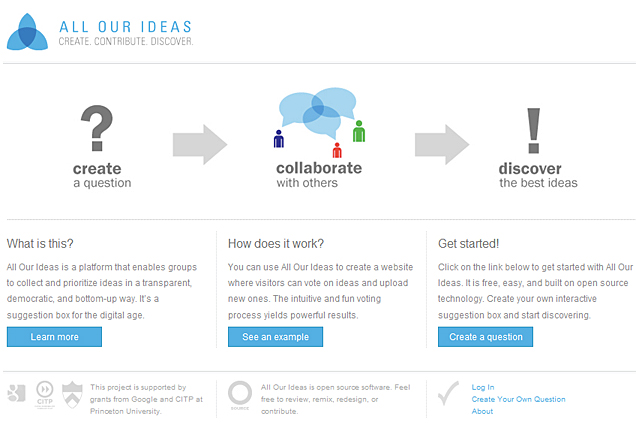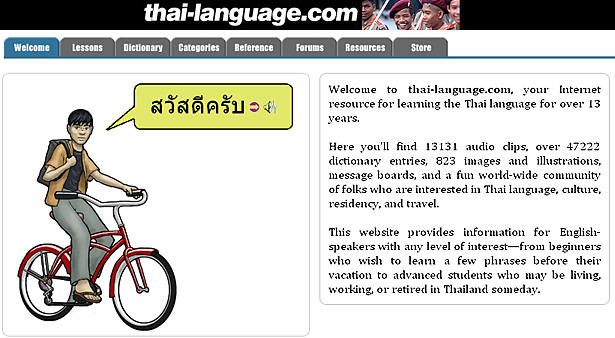Design Boost is a four day bootcamp for prototyping digital learning products.
We’re looking for promising young innovators, to bring learning into the 21st century, to create digital products that excite and engage kids in meaningful learning. In partnership with IDEO, Startl is offering a multi-day immersion for designers and creators, hackers and coders, builders and entrepreneurs.
Boost isn’t about sitting around dreaming up pie-in-the-sky ideas. Its an intense whirlwind of activity, with lots of hands-on, real-world involvement in the design and product development process. You’ll be taking the seed of an idea and seeing whether you can grow it into an effective and marketable learning product. Along the way, you’ll be steeped in how to create user-centered, learning-rich and market-smart designs and learn the tricks that seasoned entrepreneurs use to generate new products quickly and cheaply. But you won’t be doing this on your own. You’ll be surrounded by inspiring peers and collaborating with them to amp up your creativity and rigor.
Startl’s first series of Design Boost will focus on the design of mobile applications for learning, targeting these primary platforms: Android, iPhone, Symbian and BlackBerry. We’re making this the focus because there’s a serious lack of high-quality mobile applications for learning and education on the market, so there’s a massive opportunity to make a difference and make your mark.
The Boot Camp will be a launching pad for participants to make their next entrepreneurial move, be it with Startl, IDEO, local firms, national brands or beyond.
Apply for the November 2010 Mobile Design Boost to be held in San Francisco November 11-14, 2010. (Application deadline – September 17, 2010)
The Basics – What You Need to Know Before Applying
A primer on what Startl is seeking in teams.
Mobile Design Boost Schedule & Agenda
…
From DSC:
Are there many college-level courses out there like this? This is a very interesting, real-world, engaging, hands-on approach — while offering numerous opportunities to collaborate.
Media:Scape-based setups would work well here.


















